Sharks of all varieties are fascinating, inspiring, and hypnotizing to watch. There’s a reason why television features like “Shark Week” garner so much attention because sharks are just plain cool. With that kind of appeal, it’s easy for an animal lover to be attracted to the idea of adopting a shark to keep in a home aquarium.
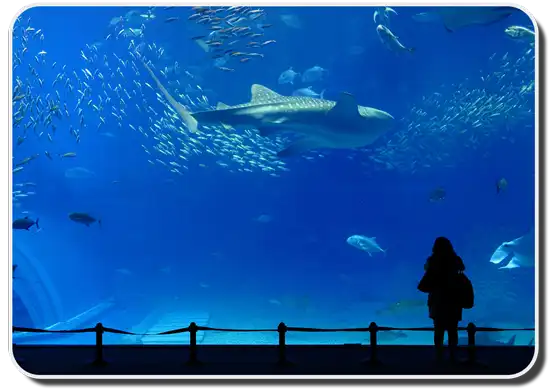
Most of us have seen it at least once in passing, a small shark, maybe a couple feet in length, circling around a tank in a non-aquarium setting or perhaps at a local gym, or library, or even an affluent friend’s house. It can be done if you’ve got the money, you could own your very own shark! An important question to ask, however: is owning a shark the right thing to do? Understanding how sharks fare in any kind of captivity should help in that decision-making process.
Captive Sharks Are A Lot Of Work
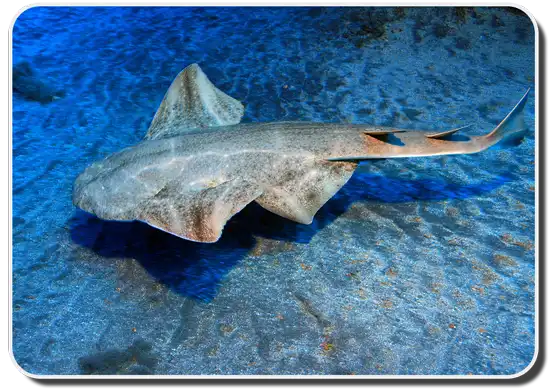
First things first, no matter what kind of shark you intend on keeping in captivity, big or small, at home or in a more public setting, it’s going to be hard work. In all likelihood, it will be very expensive as well. Even the world’s most notable and successful public aquariums have to be extremely careful in taking on the responsibility of housing sharks. Up until fairly recently, it was almost unheard of to keep a large shark in captivity for a year or more. Now scientists have a better understanding of sharks’ needs, and there are some success stories, but only under very specific circumstances in finely tuned facilities, with a lot of money to back it up.
Not Every Species Thrives in Captivity
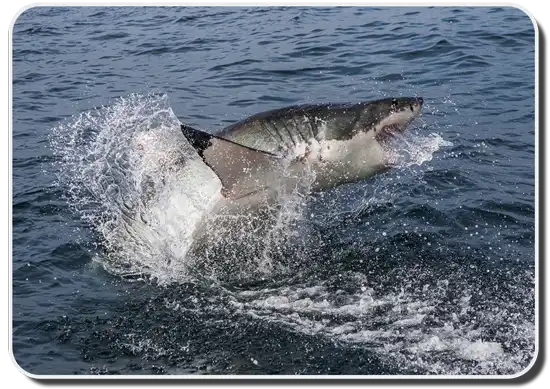
There are a few factors that need to be considered right off the bat. The “hardiness” of a shark species refers to how easily it can adapt to a new captive environment, and how much maintenance it requires after being introduced to such an environment. “Shark availability” refers to how easy or hard it would be to acquire a shark species in the wild, and whether or not it can breed in captivity. Lastly, “shark compatibility” refers to how a species would interact with other creatures in a tank. Tanks need to reflect where sharks live when they are in the wild.
For example, most public aquariums like to keep sharks that look predatory and menacing, such as the Sand Tiger Shark, as they tend to look “shark-like.” The Sand Tiger Shark is actually the most commonly kept large shark in public aquariums across the world as a result of its hardiness and ability to tolerate captivity. That shark is found in most parts of the world, so it is widely available in terms of transportation distances, despite its threatened status. Aquariums tend to keep the Sand Tiger Shark in large tanks with other big sharks and fish, such as the Whitetip Reef Shark. If fed properly and treated with the utmost care, it is unlikely that either of those creatures would behave aggressively towards one another.
Captivity Reduces The Lifespan Of A Shark
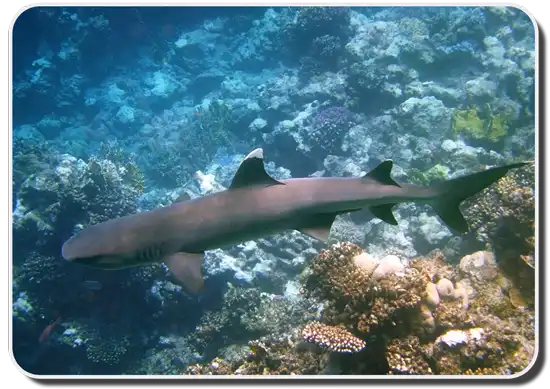
Even though a captive environment like that can be relatively successful, they are not the optimal environments for sharks. A Whitetip Reef Shark in the wild can live up to 25 years. How long does it live in captivity? Unfortunately, those are highly sought after statistics that aren’t generally released by the aquariums holding that data, but the scientific consensus is that captivity equates to a shorter lifespan in almost every case. A shark arriving in a new captive environment and dying within a matter of months– if not days– is a very common occurrence.
Why Do We Keep Sharks In Captivity?

If public aquariums with substantial funding and resources, along with a highly trained world-class staff of experts can’t keep a shark alive for very long, then why do they keep them? In some cases, captive sharks are purely kept as a spectacle and a money-making opportunity. The research value of captive sharks is fairly low, because sharks behave differently in captive environments than they would in their natural habitat. In most scientific cases, they are kept captive only as a means of conservation– a shark is adopted in an attempt to ensure its survival, with the intention of releasing it back into the wild. After all, feeding and housing a shark is an incredibly expensive undertaking for a scientist or researcher.
Sharks Are Not Ideal Pets
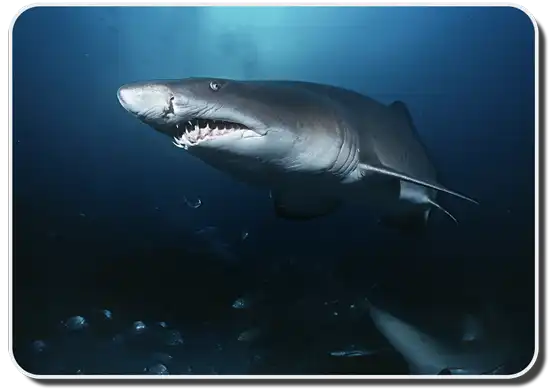
If leading shark experts would prefer to avoid keeping a shark in captivity at all costs, then it should come as a sign to the marine hobbyist that it’s not a great thing to do. Ethics aside, it can be done. There are a few breeds of sharks that are more likely to survive in home aquaria, such as the Port Jackson Shark, the Leopard Shark, the Coral Catshark, the Horn Shark, and the Bamboo Shark. These sharks, as full-grown adults, range from 2 to almost 5 feet in length, so the tank size should be large enough to accommodate them. Of all of the listed species, only the Bamboo Shark and the Coral Catshark are not known to have significant difficulty in acclimating to a new environment. All but the Bamboo Shark are considered to be fairly aggressive, which limits the opportunity for tankmates.
When addressing the issue of compatibility in a home aquarium, it’s not only sharks that pose a threat to their neighbors. Other fish and creatures, such as angelfish, triggerfish, and pufferfish could cause serious harm to a shark. Additionally, all of the creatures in a tank will generally be competing for the same food, so some of the more passive sharks may find it difficult to find food if a tank mate swoops ahead of them. These are some of the most basic risks associated with shark ownership, but as each species is complex, there are plenty more.
For people who truly love sharks, the temptation is there to take one on as a pet. It’s an acceptable practice if the appropriate care is taken, but living in captivity is not the most beneficial outcome for any shark. Shark populations are dwindling as a result of overfishing and environmental changes. Though many shark sellers will ensure that they are actively working to conserve shark species, treating these wild creatures like decorations rather than important members of an ecosystem sends a clouded message. Sharks should be left in the wild where they will flourish in their natural habitat and contribute to the biodiversity that makes this planet great. The safest and kindest way to appreciate them is to visit where sharks live and admire them from afar.
